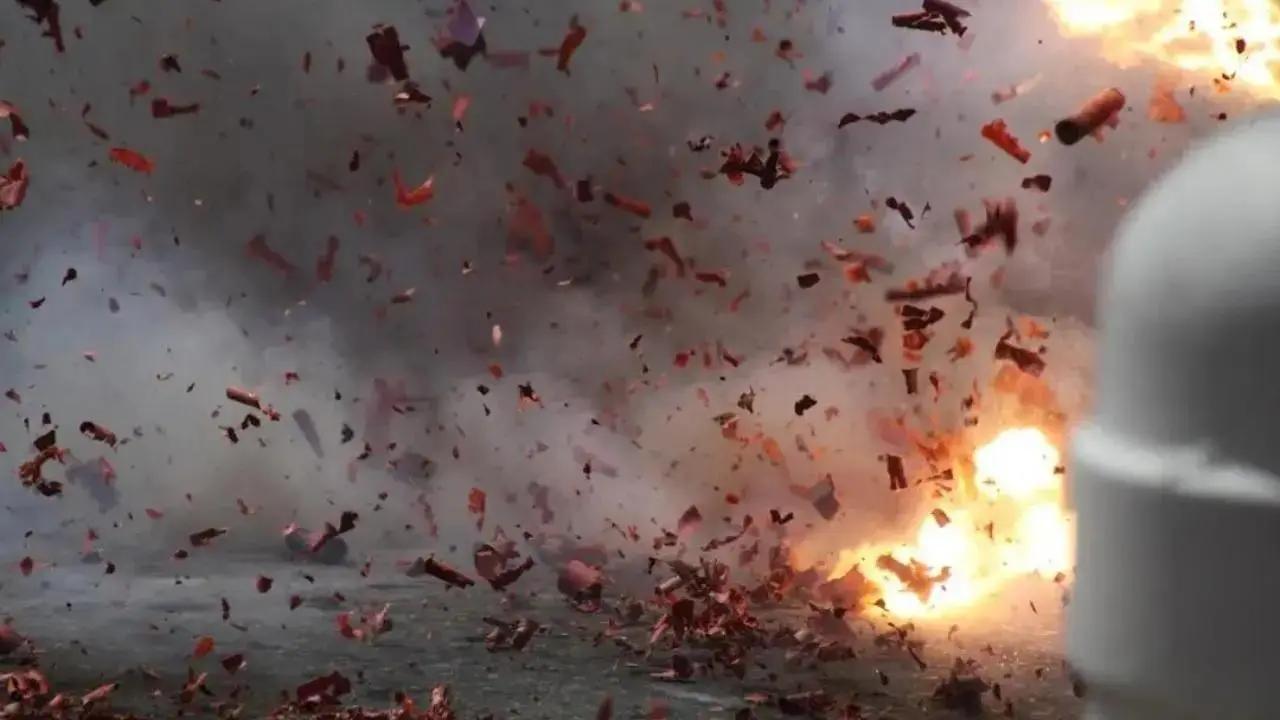The intensity of the flames after the explosions were to a extent that as many as 66 firefighters lost their lives in the three-day long battle to bring the blaze under control

Representation image. File pic
On 14 April, 1944, Mumbai city (then Bombay) witnessed one of its biggest disaster which left a long-lasting scar not only on the city but nationally. It were the two explosions on the Victoria Dock which killed around 800 people and left over 1,800 injured. A ship called the Fort Stikine, loaded with explosives and cotton, was responsible for the event that is now called the Bombay Explosion.
The blasts left the city's waterfront in shambles. The intensity of the flames after the explosions were to a extent that as many as 66 firefighters lost their lives battling the blaze. They actually say, it rained gold and blood that day. In the remembrance, since then April 14 is observed as Fire Brigade Day in Mumbai and Fire Services week nationally.
What happened exactly:
The second World War had entered its last state. The SS Fort Stikine, began sailing from England on February 24, 1944 with a convoy of around 20 ships. The 7,000 ton freighter was deployed to meet the war supplies to carry out a strike against Japan.
The Canadian built ship was loaded with Royal Air Force planes, ammunition, explosives and other stores. It also had many wooden crates containing gold bars. The ship stopped en route in Karachi where raw cotton, hundreds of drums of lubricating oil, scrap iron, timber, sulphur, rice, fish manure and resin were loaded onto it.
As the Fort Stikine sailed onward to Bombay, it was already a “floating bomb”. It had everything together that could burn or blow up. On the morning of the April 14, the ship was still docked at Victoria Dock awaiting unloading.
The disaster:
It was around 12.30 pm, an officer had noticed a fire on the ship. It was at 4.06 pm, when the first explosion took place, followed by a bigger one at 4.41 pm. The intensity of the blasts was at the level that not only the Colaba observatory, but seismographs in other parts of the country also recorded it.
The flames that explosion resulted, took three long days to bring under control. 66 firefighters lost their lives. The total estimated deaths were 800, including military personnel. The disaster left over 1,800 people injured. Additionally, thousands of people worked for months after the disaster to collect the debris on the dock.
Since then, the week of April 14 is observed as Fire Services week.
 Subscribe today by clicking the link and stay updated with the latest news!" Click here!
Subscribe today by clicking the link and stay updated with the latest news!" Click here!










